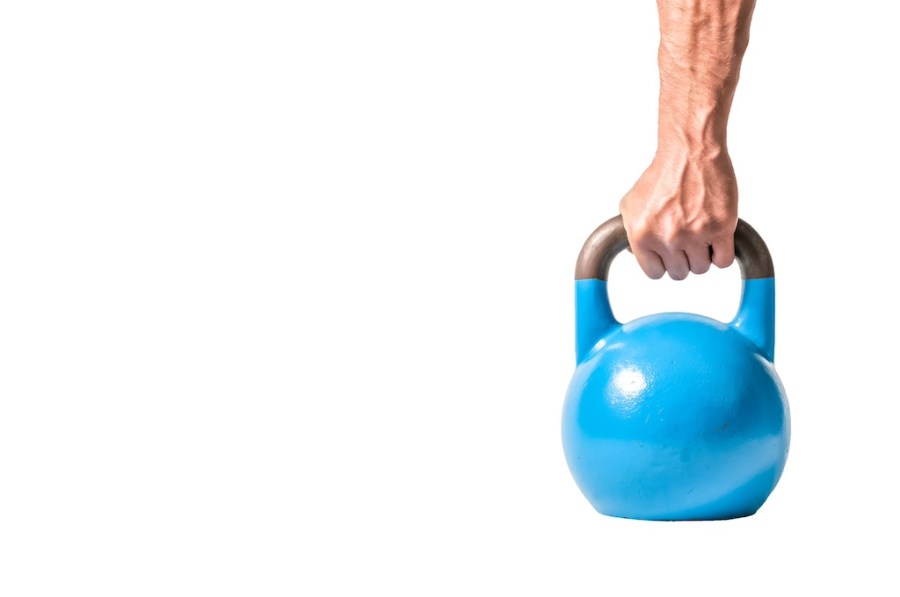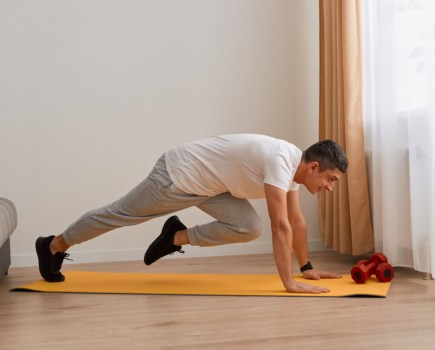Learn how to take better care of your hands before and after a kettlebell training session with these tips…
Kettlebell training is an excellent way to build functional strength, while toning your physique. But, it can come at a cost. Even if you own one of the best kettlebells, callouses, dry skin and blood blisters are all common side effects when you start swinging. What’s more, injuries such as tearing your skin can even put you out of action the following day. But there are ways to prevent these skin-deep issues by investing some time and money pre- and post-training.
Use chalk
You wouldn’t wear the wrong gym trainers when working out, so why not give your hands the same level of support? While not all kettlebell moves benefit from some extra friction on the handle, when it comes to lifting heavy weights and snatches, it might be an idea to apply some chalk to prevent any slipping and over-gripping. This can cause fatigue in your forearms. It’s important to note that chalk will dry out your hands, so only use a small amount. Then, be sure to moisturise after a workout to prevent self-inflicted dry skin.
Stay on top of symptoms
Corns and calluses are caused by repetitive friction or rubbing. This is why you tend to find them on your palm at the base of each finger if you train regularly with a kettlebell. While they often aren’t painful and won’t cause you harm long-term, if they get too big, they can actually get ripped off mid-workout – which is as painful as it sounds. Rubbing them with a pumice stone after soaking your hands in warm water will help get rid of the worst bits. However, don’t look to get rid of them completely or you won’t have any protection next time you train.
In terms of other common issues, blisters from kettlebell training are best left alone and not popped to minimise the risk of infection. Any cuts or tears in your hand should be treated with antiseptic cream and covered with a plaster for the same reason.
Rehydrate your hands
Finally, whether you use chalk or not, you should always look to moisturise your hands. This will give them the best shot at recovery. A good time to apply it is just before bed. This gives the cream time to absorb into your skin without impacting the use of your hands.
Related content:
- Try this fat-burning kettlebell HIIT workout
- Learn more about how to train with kettlebells
- Build full-body muscle with this dumbbell and kettlebell workout








